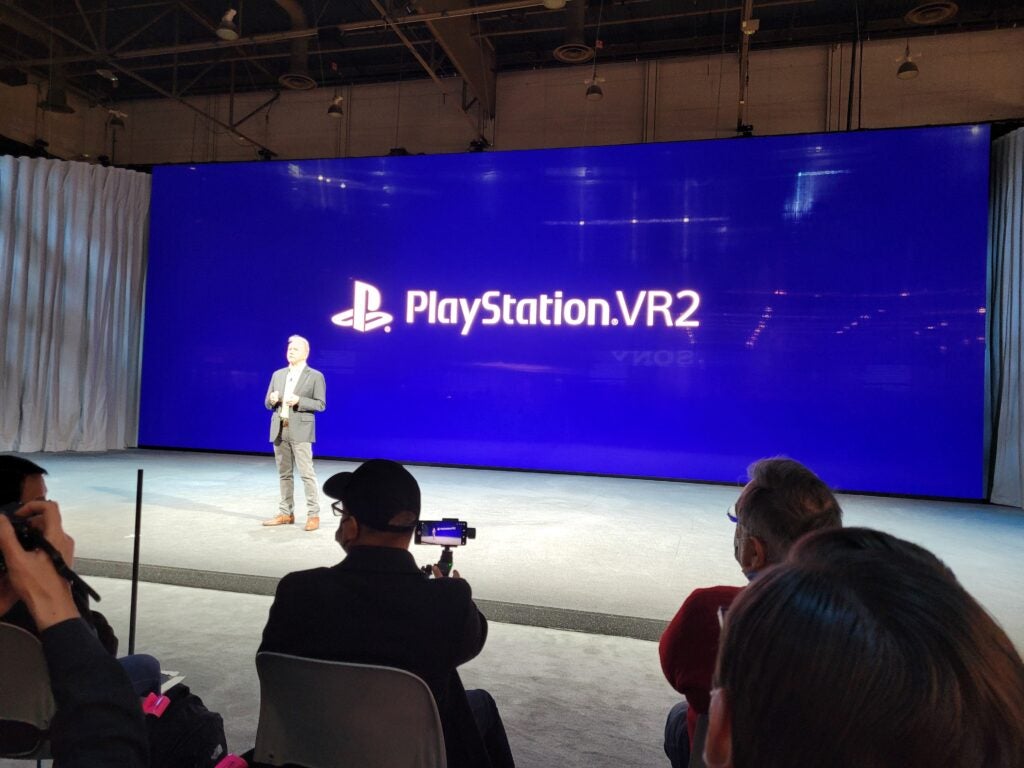Winners and Losers: CES brings big updates for gamers, as Razer omits one key display feature

January means CES and the Las Vegas tradeshow didn’t disappoint when it came to big tech announcements to kick off the year.
In this weeks edition of Winners and Losers, we’ve narrowed it down to some of the most exciting news to come out of the conference – along with some of the least.
Some highlights from CES this week included the official confirmation of the Samsung Galaxy S21 FE smartphone, giving S Series fans a cheaper alternative to the flagship S21. Samsung also unveiled its lightweight Freestyle projector, a device capable of beaming a 1080p image on a variety of walls and surfaces around your home, and a new Eco Remote, which can be charged using just Wi-Fi radio waves.
We also saw plenty of new TVs launch, including some new QLED sets from Samsung, a range of Bravia XR TVs from Sony (including a QD-OLED model in 55 and 65-inch sizes), and the bright new G2 OLED from LG. That isn’t even to mention the 77-inch OLED coming from Panasonic or TCL’s first 144Hz Mini LED.
However, this week’s Winners and Losers will focus on the best (and worst) gaming announcements we heard this week.

Winner: Gamers
This weeks winner is gamers, after countless major brands unveiled their plans for the new year at the conference.
Nvidia announced an affordable new graphics card coming to its 30 Series with the RTX 3050. Not only will the 3050 be the cheapest in the line, but Nvidia also confirmed that the GPU will support ray tracing and will be capable of surpassing 60fps at 1080p while running AAA games.
The 3050 also sees improved DLSS performance compared to previous generations, along with 8GB of GDDR6 memory.
Nvidia also announced the RTX 3080 Ti and 3070 Ti mobile GPUs for laptop gamers and gave fans a preview of the incoming RTX 3090 Ti.
AMD showcased the “world’s fastest gaming processor” (and the first CPU using its 3D V-Cache technology) with the Ryzen 7 5800X3D, while Razer, Acer and Asus all showcased their latest gaming laptops, giving gamers due an upgrade plenty to get excited about when it comes to choosing their next laptops.
Of course, we can’t leave out Sony, who gave VR fans a preview of its next virtual reality headset, the PSVR 2, as well as a look at its vibrant new PS5 covers, for anyone who thinks the next-gen console is a bit bland.
All in all, this week was a great one for gamers, bringing with it plenty of new tech for us to get excited about.

Loser: Razer
We couldn’t let this week pass without calling out a loser and it makes sense to continue the gaming theme with some disappointing news from Razer.
This week, Razer announced the latest update to its Blade line of gaming laptops with the new Razer Blade 14, Razer Blade 15 and Razer Blade 17.
The new laptops bring with them tonnes of exciting upgrades, including configurations with the new RTX 3080 Ti GPU and the RTX 3070 Ti. The Blade 14 will coming with new Ryzem 6000 mobile processors, while the Blade 15 and 17 will be powered by the 12th gen Intel Core H-Series CPUs, all the way up to the Intel Core i9-12900H.
However, there was one key feature missing from the announcement. Razer is getting rid of its OLED configurations.
The display type could previously be found on Razer’s official website, but there’s no mention of OLED on the listings for the new laptops.
Trusted Reviews spoke to Razer at CES only to learn that the brand has made the decision to axe the OLED displays from its latest release to focus on increasing the refresh rate from 60Hz to 144Hz.
While this decision makes sense on a gaming laptop, its nevertheless sad to see OLED is no longer an option for those who want it.





